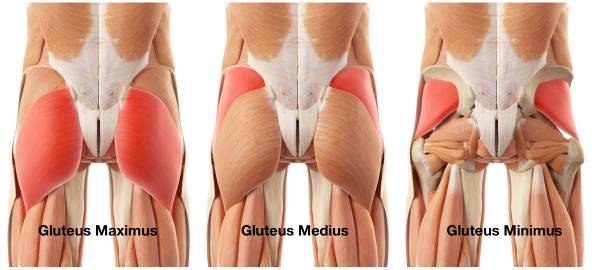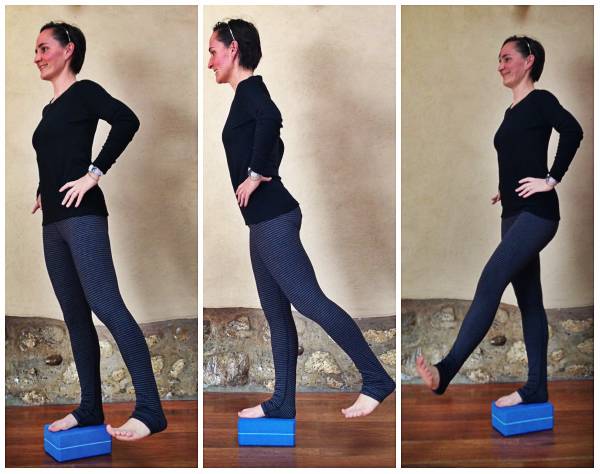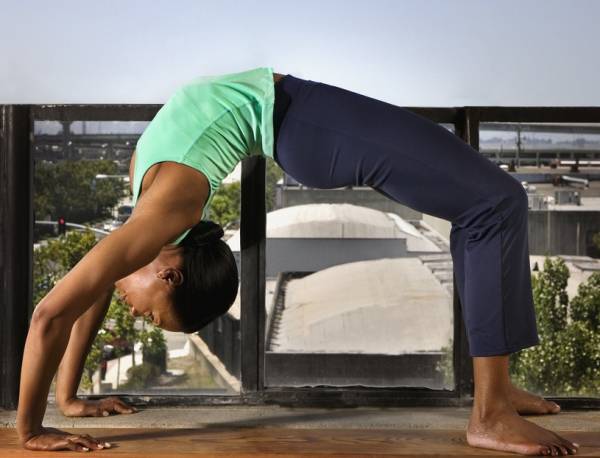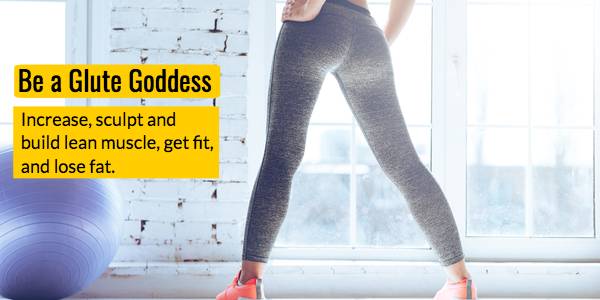To clarify the ambiguity of a teaching technique for a common yoga posture, a group of yogis will sometimes employ the good ol’ democratic vote.
To clarify the ambiguity of a teaching technique for a common yoga posture, a group of yogis will sometimes employ the good ol’ democratic vote.
Hands up if you’ve been taught to squeeze your glutes in backbends. Count ‘em up. Hands up if you’ve been taught to let ‘em hang. Count again. Turns out yoga teachers are split down the middle on this issue.
Why Can’t We Be Friends?
The reason we can’t find common ground is not because there isn’t a clear answer (there pretty much is), but because our individual hindquarter habits and our individual interpretations of the English language differ. Big time. Let’s start where we can all agree: anatomy.
The glutes are made up of three muscles, four if you count the tensor fasciae latae (TFL), and, like silverware, each of these muscles works towards a similar goal but functions slightly differently. The main function of gluteus maximus, gluteus medius, gluteus minimus, and the TFL is management – both of stability and movement – of the relationship between the femur and the pelvis.
- Glute max extends and externally rotates the leg.
- Glute med abducts and can both internally and externally rotate the leg.
- Glute min and TFL abduct and internally rotate the leg.

Hopefully, by reading those functions, the main thing you got was that not all glutes were created to do the same job. So, squeezing them or not squeezing them all at the same time might not even be an option.
A Gluteal Experiment
Now, let’s experiment and see what your very own group of glutes can do. All you’ll need is a thick book (think phone book) and a free hand (yours). Place the book flat on the floor. Step aboard with your right foot and level your hips. This means your left foot should be hovering a phone book’s distance away from the floor. Place your left hand on your left guteal region. It’s there so you can palpate and feel what’s happening under the skin.

Moving the leg to the side, back, and front
First, take the left leg directly out to the side so it is about two feet away from the right leg. If you move your hand slightly to the outer portion of the hip, you’ll feel glute med, glute min, and TFL helping you out. Notice what the tissue feels like as you hold the leg here.
Now, notice what glute max feels like by sliding your hand back to the rear side of your rear end. In this movement, glute max is probably not doing much. This makes sense as glute max isn’t really in the business of abduction.
Next, allow the leg to return to neutral and take the left leg back behind you a foot or so. Now you’ll feel the action of glute max and partial action of glute med. You might also notice that your leg turned out just slightly. Recall that glute max can externally rotate the hip a bit, and this is important when considering our original question.
“The glutes are made up of three muscles, four if you count the tensor fasciae latae (TFL), and, like silverware, each of these muscles works towards a similar goal but functions slightly differently.”
Lastly, take the leg about a foot in front of you, still feeling glute max with your hand. Suddenly it is like Jell-O! With the leg out front, externally rotate the leg by turning the knee and toes to the left. Feel the glute. There’s not much action here in glute max, but if you press more you’ll feel the deep external rotators are active.
Now we have all the pieces of the puzzle and the glute med, glute min, and TFL on your right leg are probably pretty sore from stabilizing your pelvis while you stood on one leg. So, you might want to run this whole experiment again on the other side.
The Butt and the Backbend
Now, how does this relate to back bends? Well, in most backbends the hip extends, and glute max is needed for this action. Because glute max can create slight external rotation, its action often gets lumped in with the deeper group of external rotators, including the piriformis. When these deep rotators are engaged during backbends, lumbar lordosis and instability increase, the knees bow out, and the anterior hip socket becomes more vulnerable.
Yogis know this, so they focus on lighting up the inner thighs to keep the external rotators from creating this turnout. The trick is that this can be done without completely quieting the glutes, which are needed to both aid in pelvic stability and to counter an anterior tilt created by tight hip flexors.

But some of us are naturally more externally rotated. This rotation may be structural or, as is often the case in yogis and dancers, may be a matter of habit. As a habit, constant turnout of the leg encourages the use of the deep external rotators, which, as I mentioned, can be the bane of backbends. So teachers who are shaped like this or who have this experience tell us all to power down our entire backsides leaving us literally hanging.
And our language – what does squeeze mean? If your response to the cue squeeze the glutes is to try to pinch a penny between them, then you’ll find the external rotators kick in in addition to glute max. As you saw on the block, engagement can be more nuanced than squeezing this way.
How to Fix Your Glutes
If your glutes are going through an identity crisis now, don’t worry, but do experiment. Try out backbend poses that have the femurs nearly parallel to the floor. For example: cobra, locust, or bridge pose. Take that block or book from before and put it between your thighs. This way your adductors will tone and the external rotators won’t monopolize.
Then experiment with pressing down more through your foundation as opposed to arbitrarily squeezing anything. Make sure you don’t turn the knees and toes out. See what happens. My guess is your glutes will be right there to help you, toned but not gripping. If you really want to see what they can do, consider lifting one foot off the ground in either pose (block still somewhat in place) and watch the glutes go. That ought to fire ‘em up.
In the future, save the squeezing for fresh fruit and full sponges, but when you do backbends be sure to engage your backside.







